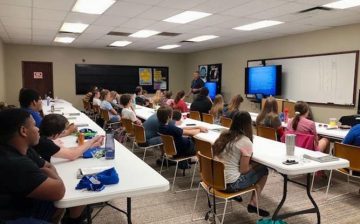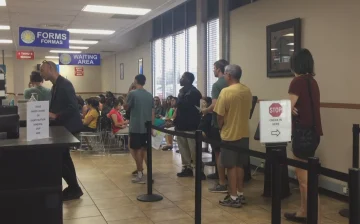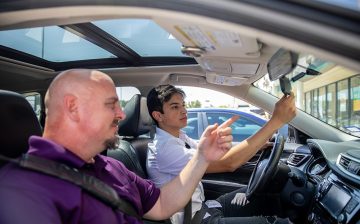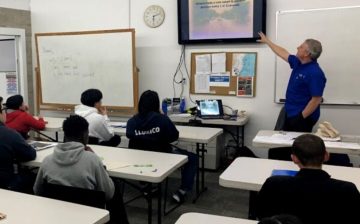Driving School Cost: Average Prices to Expect for Driving Lessons in USA
Learning to drive is an important milestone for many individuals, as it provides them with independence and opens up a world of opportunities. However, before embarking on the journey to obtain a driver’s license, one must first enroll in a driving school to learn the necessary skills and gain the knowledge required to become a responsible and confident driver. Understanding the cost associated with driving lessons is essential for those considering this educational endeavor. In this article, we will explore the average prices to expect for driving lessons in the United States.
It’s important to note that driving school costs can vary significantly depending on various factors such as location, duration, type of instruction, and additional services offered. In general, the average cost of driving lessons in the USA can range between $50 to $150 per hour. However, most driving schools offer lesson packages that can help reduce the overall cost.
The duration of driving lessons is an important factor that affects the total cost. Typically, lessons are scheduled in one or two-hour increments. Some driving schools offer package deals for a certain number of lessons. For example, a package of five lessons may cost around $200 to $400, while a package of ten lessons can range from $400 to $800. These packages often provide a discount compared to paying for individual lessons.
In addition to regular driving lessons, some driving schools offer specialized training programs, such as defensive driving courses, which can enhance your skills and make you a safer driver on the road. The cost of these programs can vary, but they generally range from $100 to $300.
Moreover, many states in the USA require new drivers to complete a specific number of hours of behind-the-wheel training, often referred to as a driver’s education program. These programs typically consist of classroom instruction as well as practical driving lessons. The cost of a comprehensive driver’s education program can range from $200 to $800, depending on the state and the driving school.
Apart from the basic driving lessons, there may be additional costs to consider. Some driving schools charge fees for materials such as textbooks, study guides, or online resources. These costs can range from $20 to $100, depending on the driving school and the resources provided.
It’s worth mentioning that prices can vary between urban and rural areas. Driving schools in urban regions tend to have higher costs due to the higher demand and the cost of living. Conversely, driving schools in rural areas may have lower rates due to lower demand and operating costs.
To make the most of your driving school investment, it’s essential to research and choose a reputable driving school that offers quality instruction and experienced instructors. Look for schools that have a good track record, positive reviews, and are licensed by the state’s Department of Motor Vehicles or a relevant authority. While price is a significant consideration, it should not be the sole determining factor when choosing a driving school.
In conclusion, the cost of driving lessons in the USA can vary based on factors such as location, duration, type of instruction, and additional services offered. On average, expect to pay between $50 to $150 per hour for driving lessons. However, many illinois driving schools offer package deals and specialized programs that can help reduce the overall cost. Remember, investing in a reputable driving school is a wise decision as it equips you with essential skills and knowledge that will last a lifetime.









 2. 18 Years of Age and Older:
2. 18 Years of Age and Older:

